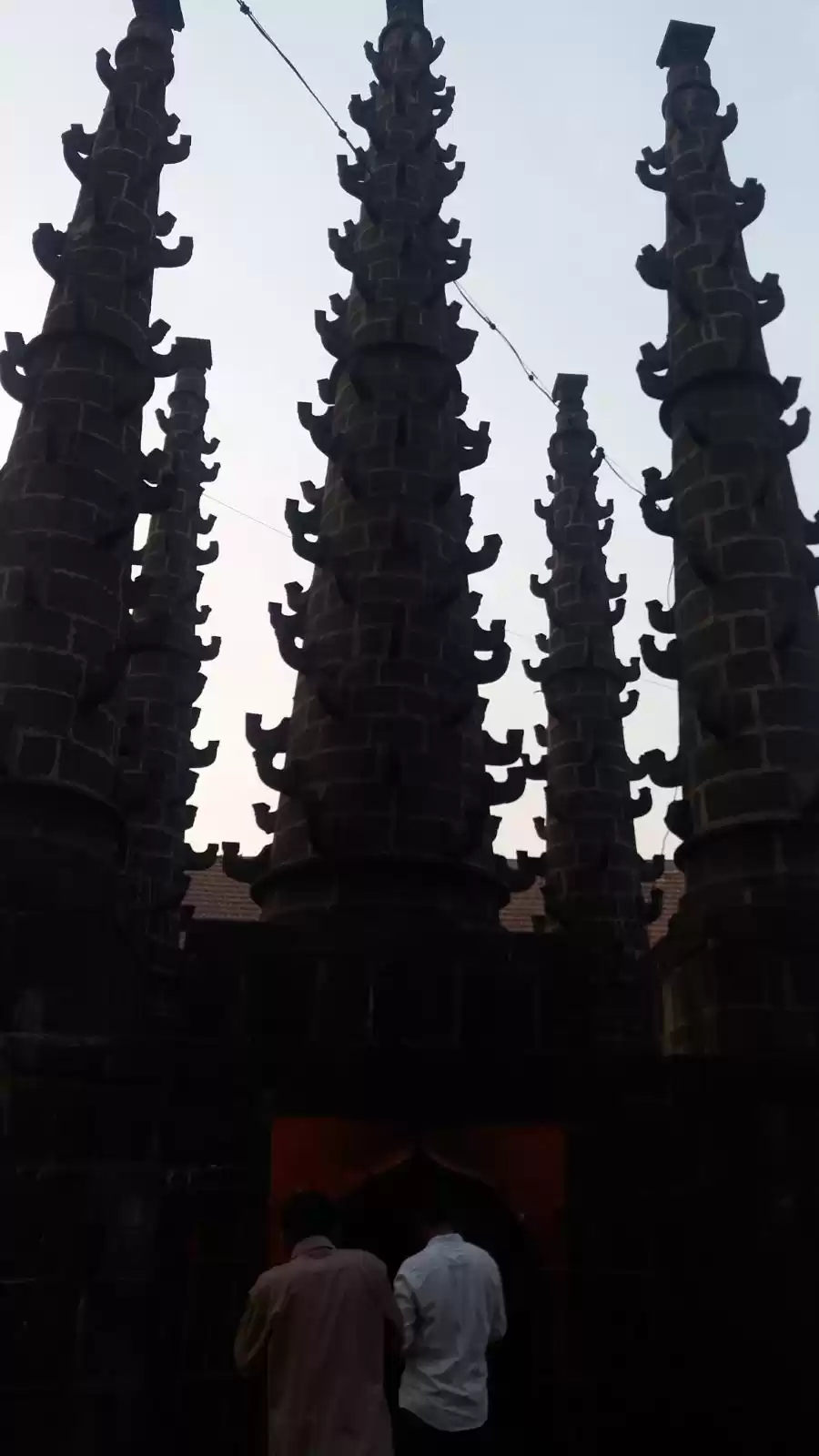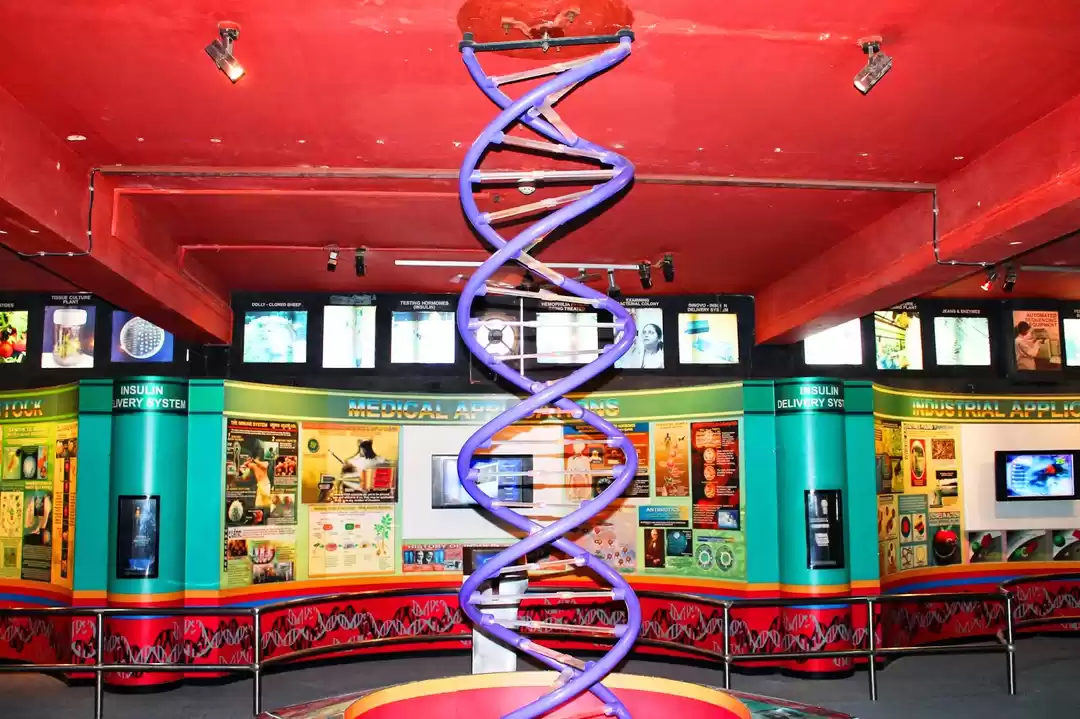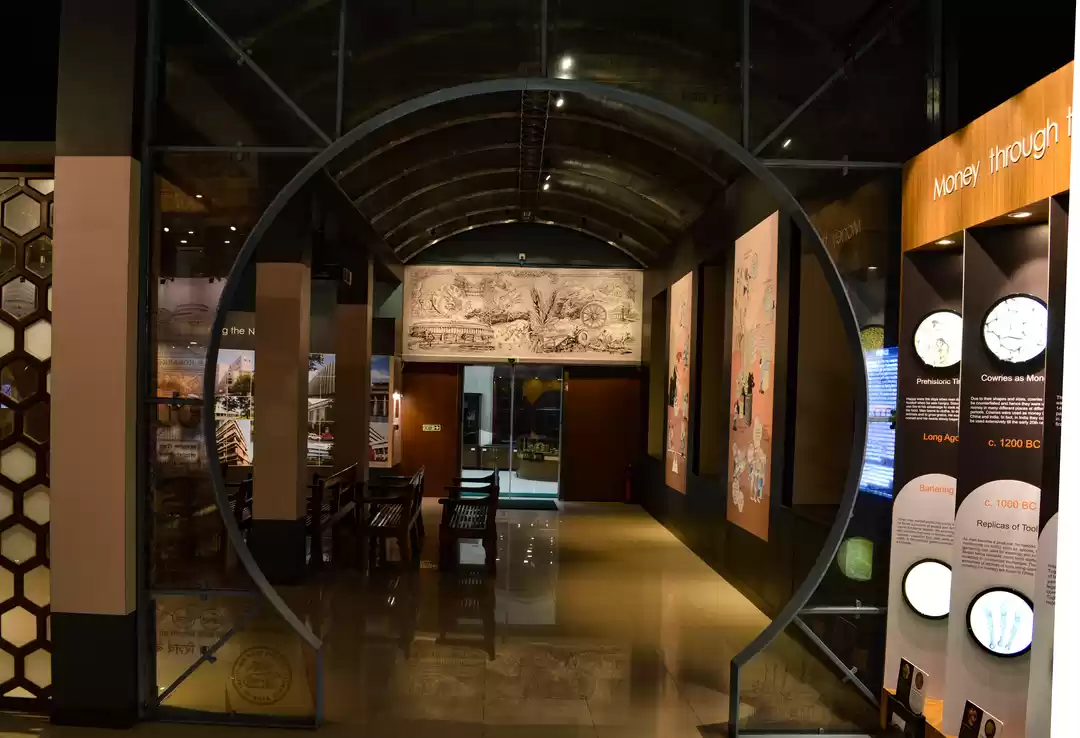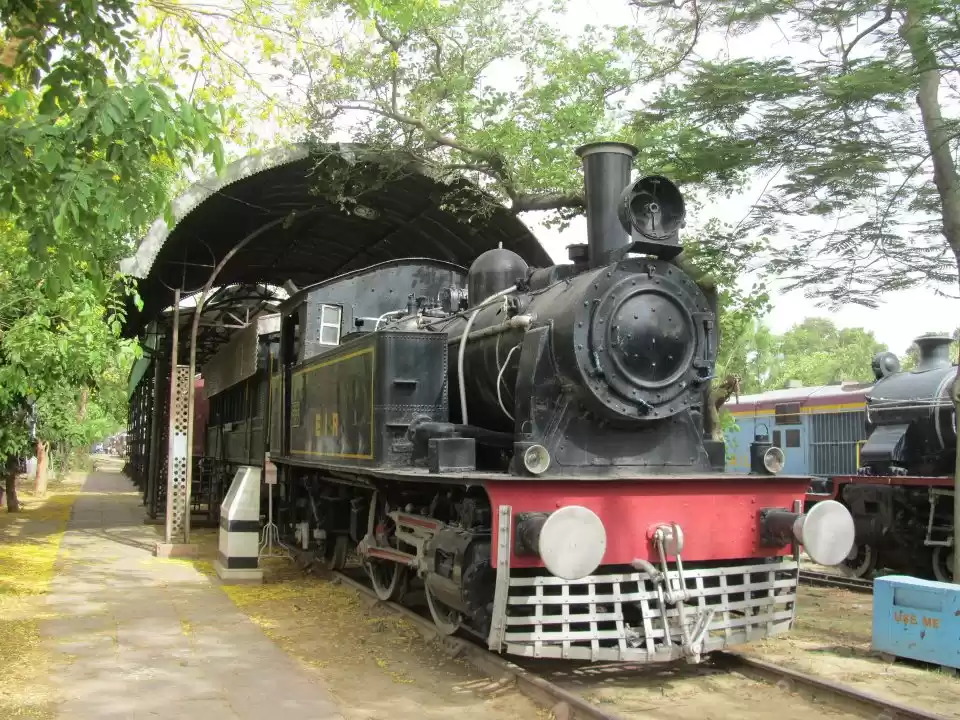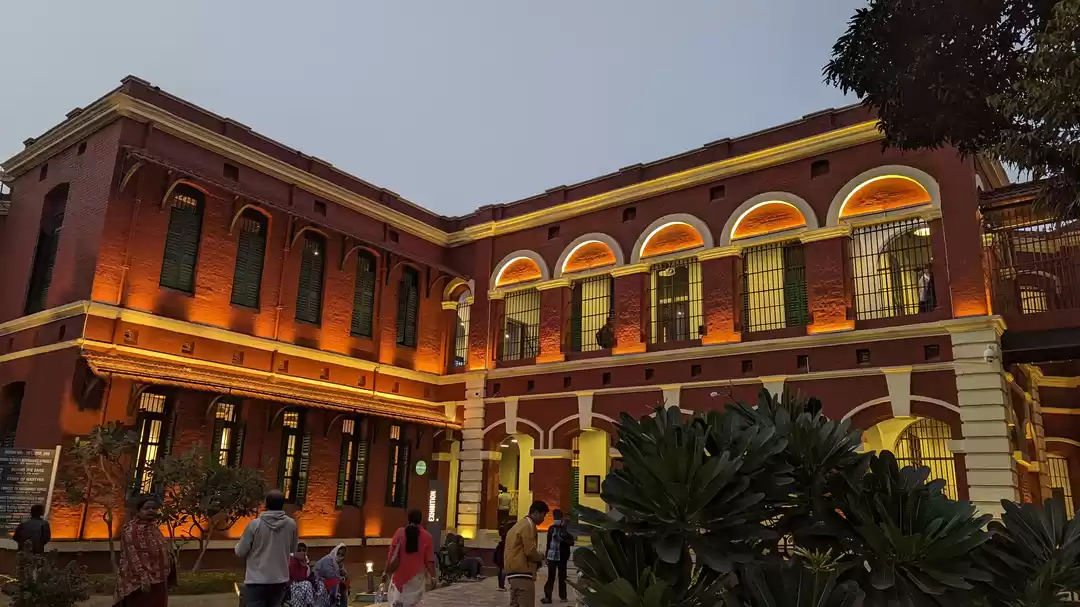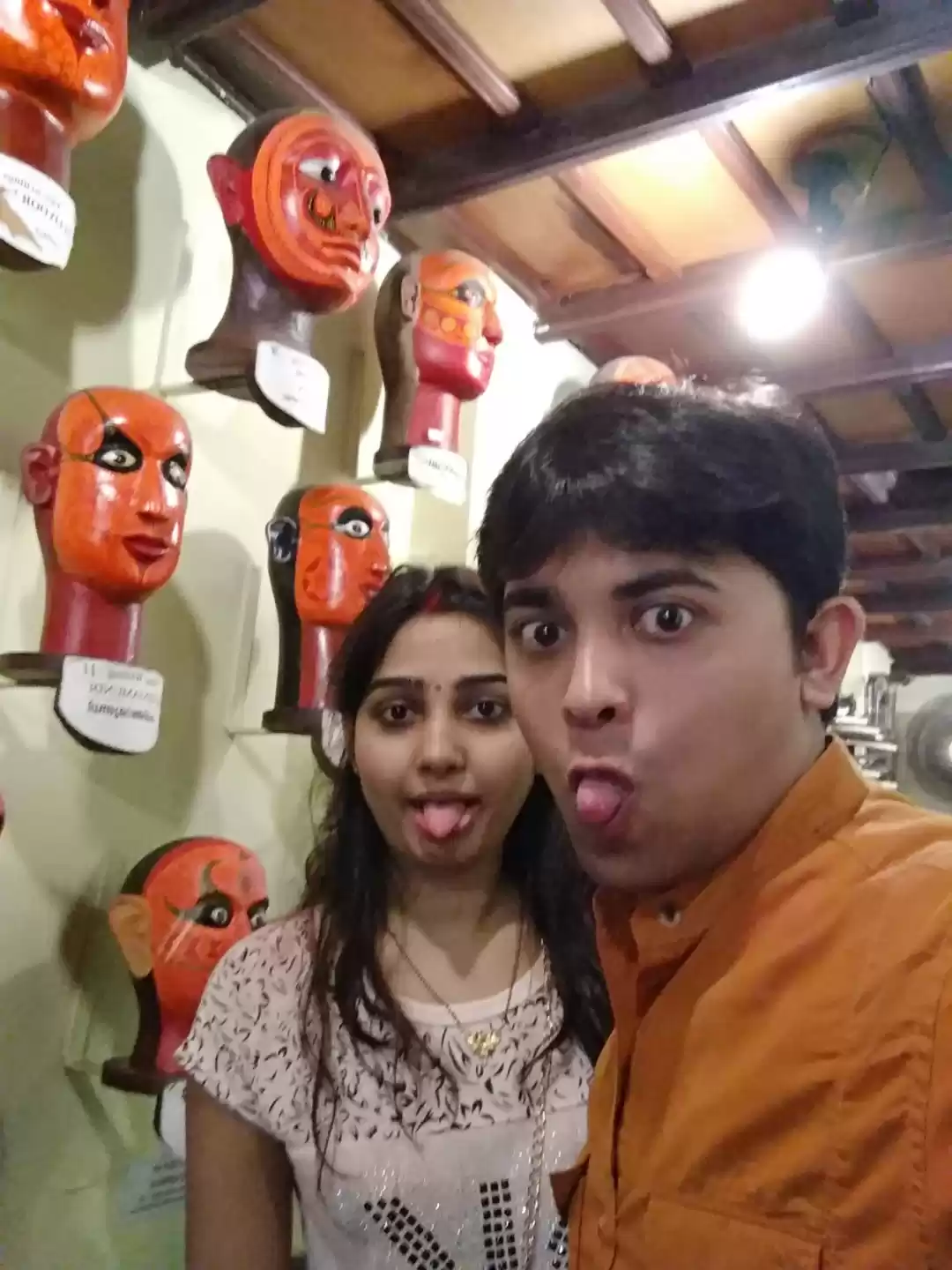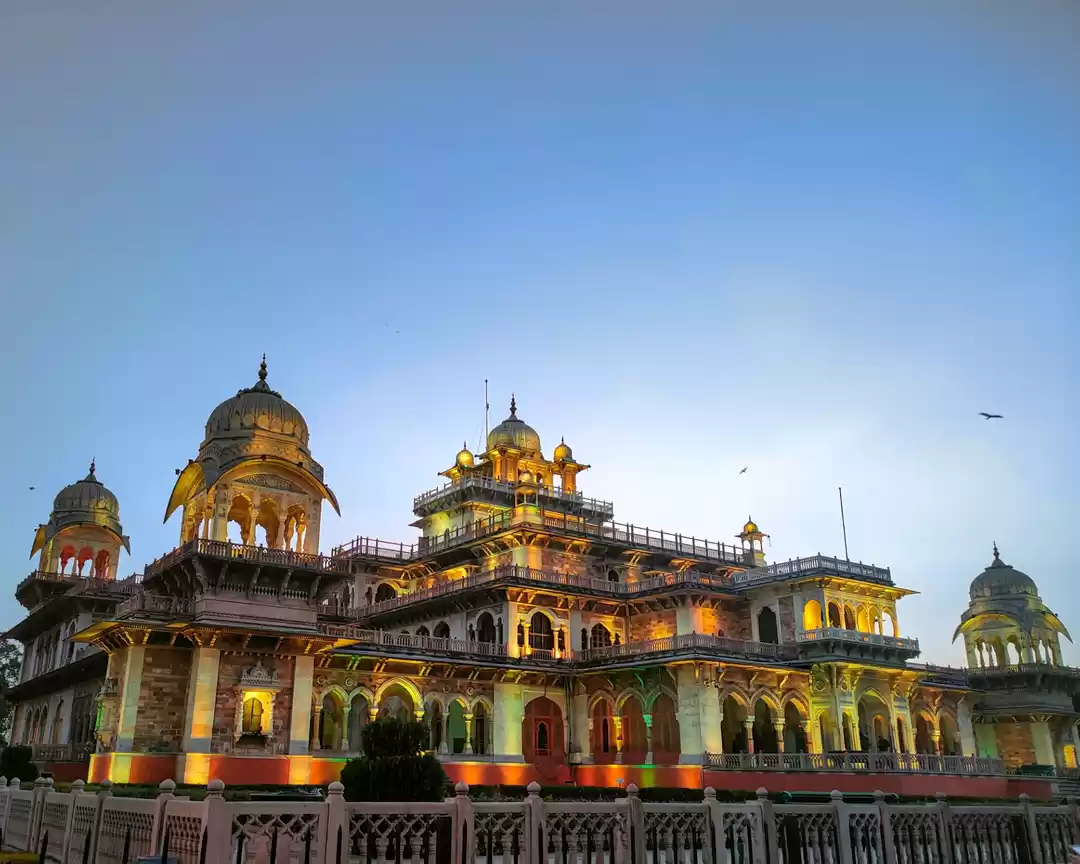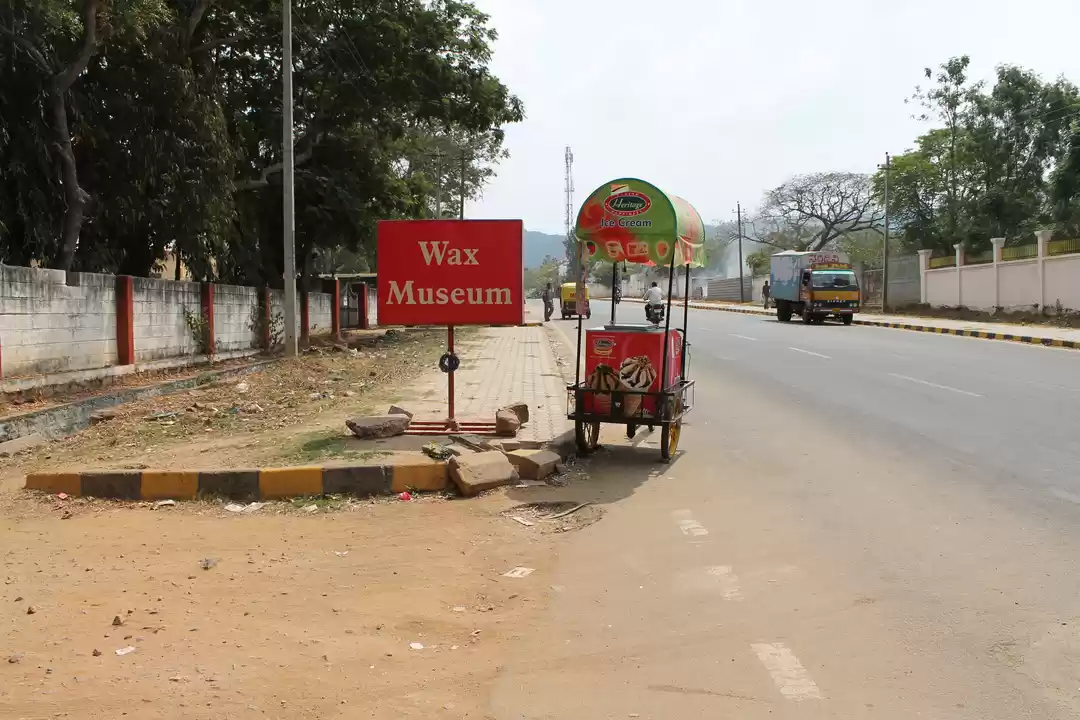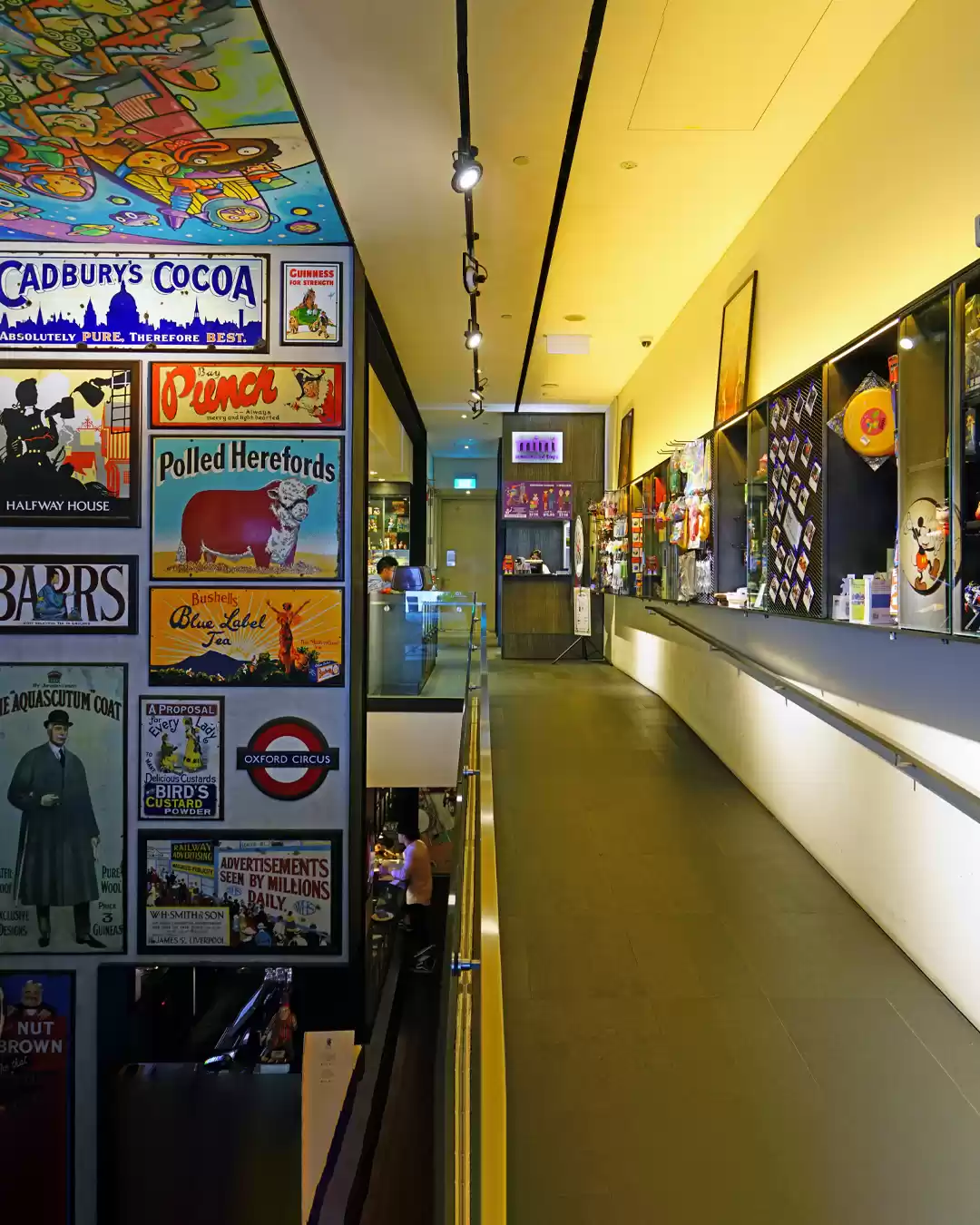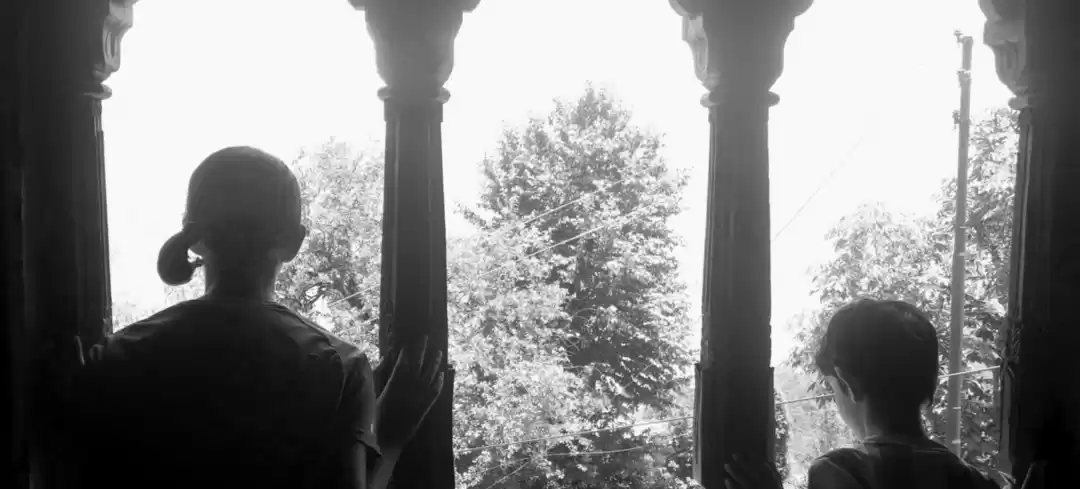Have you ever wondered how people lived in villages before the advent of modern technology and urbanization? How did they manage their daily needs, work, and leisure without the comforts and conveniences that we take for granted today? If you are curious to find out the answers to these questions, then you should visit Siddhagiri Museum, also known as Siddhagiri Gramjivan Museum, a one-of-a-kind attraction that depicts the lifestyle of rural India through 80 scenes and 3000 statues. It is located at the Siddhagiri Math, a spiritual and cultural center that dates back to the 12th century.
In this article, we will take you on a virtual tour of the museum and show you how it recreates the village life of India in different aspects. You will also learn about the timings, entry fee, location, and how to reach the museum. Finally, we will share some tips and advice for visiting the museum and making the most of your experience.
What to Do and See

When you visit Siddhagiri Museum, you should do and see as much as you can to make your visit worthwhile and enjoyable.
The Shiva Temple: A beautiful temple dedicated to Lord Shiva that is situated at the entrance of the museum. It is believed to be more than 1000 years old and has a 54 feet high Shiva linga that is carved out of a single rock.
The Wax Museum: A museum that displays life-size wax statues of famous personalities from various fields such as politics, religion, sports, arts, and science. Some of the statues that you will see are Mahatma Gandhi, Swami Vivekananda, Sachin Tendulkar, Rabindranath Tagore, and Albert Einstein.
The Art Gallery: A gallery that exhibits paintings, sculptures, and other artworks by various artists from different parts of India. Some of the artworks that you will see are Madhubani paintings, Warli paintings, Pattachitra paintings, and Dhokra sculptures.
How to Visit Siddhagiri Museum
Timings and Entry Fee
The museum is open every day from 9 am to 6 pm. The entry fee is Rs. 120 for adults, Rs. 60 for children (5 to 12 years), Rs. 80 for senior citizens (above 60 years), and free for children below 5 years.
Location and Directions
Siddhagiri Museum is located at Siddhagiri Math, Kaneri, Kolhapur district, Maharashtra state, India. The distance from Kolhapur city is about 10 km, from Pune city is about 250 km, and from Mumbai city is about 400 km. You can reach the museum by various modes of transport such as car, bus, train, or flight. Here are some of the directions to reach the museum from different cities:
From Kolhapur: You can take a car or a bus from Kolhapur city to Kaneri village via NH 48. The journey time is about 20 minutes. You can also take a train from Kolhapur railway station to Hatkanangale railway station and then take an auto-rickshaw or a taxi to Kaneri village. The journey time is about 30 minutes.
From Pune: You can take a car or a bus from Pune city to Kaneri village via NH 48. The journey time is about 4 hours. You can also take a train from Pune railway station to Hatkanangale railway station and then take an auto-rickshaw or a taxi to Kaneri village. The journey time is about 5 hours.
From Mumbai: You can take a car or a bus from Mumbai city to Kaneri village via NH 48. The journey time is about 7 hours. You can also take a flight from Mumbai airport to Kolhapur airport and then take a car or a bus to Kaneri village. The journey time is about 8 hours.
Best Time to Visit
The best time to visit Siddhagiri Museum is during the winter season from November to February. The weather is pleasant and cool during this time, with an average temperature of 20°C. The crowd is also moderate during this time, with an average visitor number of 500 per day.
How Siddhagiri Museum Recreates Village Life in India
The Village Scene
The first thing that will catch your eye when you enter the museum is the sprawling village scene that covers an area of 7 acres. You will feel like you have stepped into a time machine and travelled back to ancient times as you see the houses, fields, wells, ponds, trees, animals, and people that make up a typical Indian village. The houses are made of mud, stone, wood, and straw, and are decorated with colourful paintings and rangolis. The fields are filled with crops such as rice, wheat, sugarcane, cotton, and vegetables. The wells and ponds provide water for drinking, bathing, washing, and irrigation. The trees provide fruits, flowers, shade, and firewood. The animals include cows, buffaloes, goats, sheep, horses, donkeys, dogs, cats, chickens, ducks, and more. The people are engaged in various activities such as cooking, cleaning, farming, fishing, hunting, weaving, pottery, carpentry, blacksmithing, etc.
You can see how they use simple tools and techniques to perform their work and produce their goods. You can also see how they dress in traditional attire such as dhotis, sarees, turbans, and jewelry. You can also hear the sounds of nature such as birds chirping, water flowing, wind blowing, and leaves rustling. You can also smell the aromas of food, flowers, and incense. The village scene is so realistic and detailed that you will feel like you are part of it.
Siddhagiri Museum is a fascinating and educational attraction that lets you experience village life in India as it was in ancient times. It is a great place to learn about the history, culture, and traditions of rural India and appreciate the simplicity and harmony of their lifestyle. You can visit the museum at any time of the year, but make sure to plan ahead and follow the tips and advice we have shared in this article. We hope you enjoy your visit to Siddhagiri Museum and have a memorable time.


